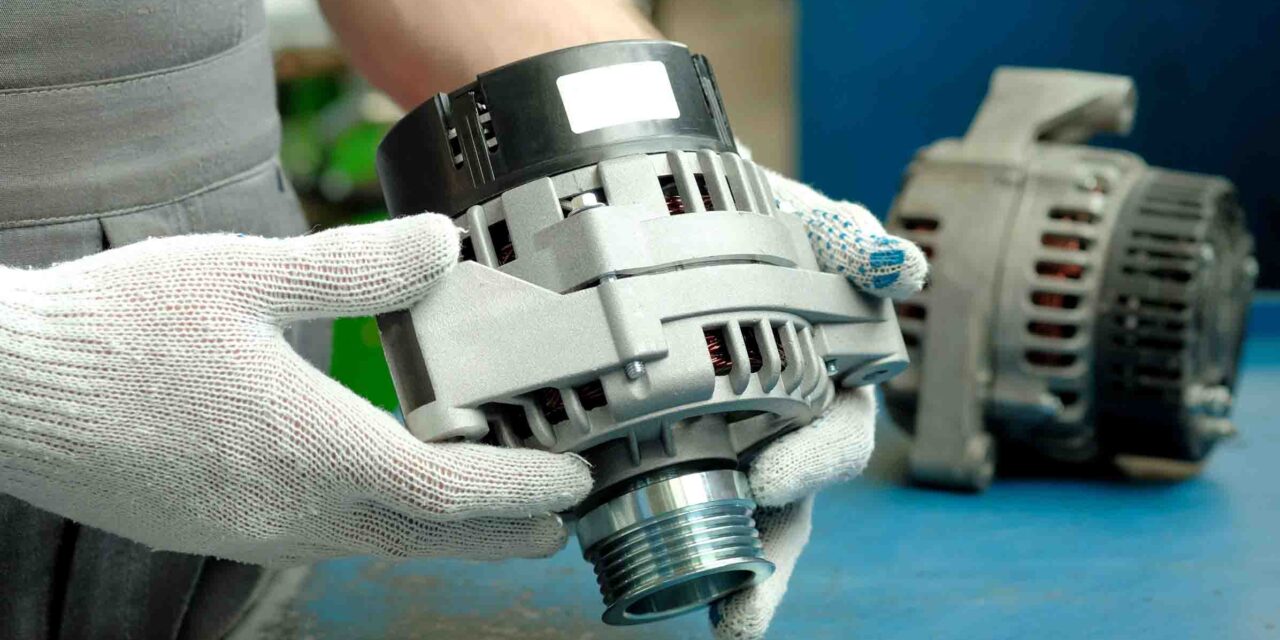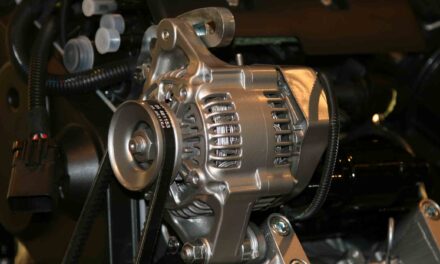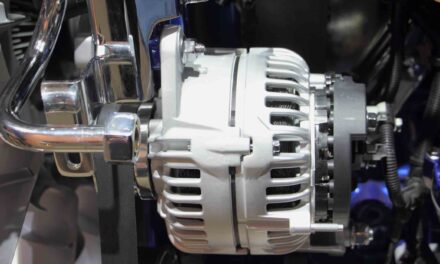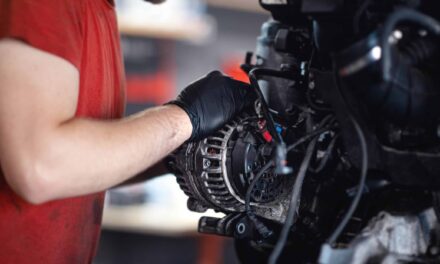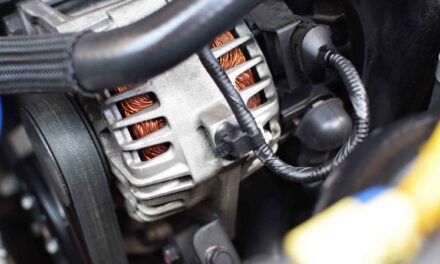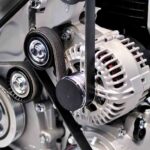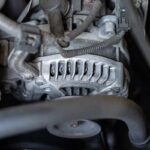Your alternator, the unsung hero of your vehicle’s electrical system, ensures that your car battery remains charged and powers various electrical components. Regularly cleaning and maintaining it can significantly extend its lifespan like any vital component. Here’s a comprehensive guide for the dedicated car enthusiast.
Table of Contents
- Understanding the Alternator
- Importance of Cleaning and Maintenance
- Tools You’ll Need
- Steps to Clean and Maintain Your Alternator
- Key Takeaways
- Safety Disclaimer
Understanding the Alternator
Before diving into maintenance, it’s crucial to grasp the alternator’s role. It converts mechanical energy into electrical energy, ensuring your car’s battery remains charged and powers components like headlights, wipers, and radios.
Importance of Cleaning and Maintenance
Dirt, grime, and debris can impede your alternator’s performance. Regular maintenance prevents:
- Overheating.
- Bearing failure.
- Impaired charging capabilities.
Tools You’ll Need
- Soft brush or toothbrush
- Cloth or rag
- Electrical contact cleaner
- Basic toolset (wrenches, ratchet set)
- Safety goggles
- Gloves
Steps to Clean and Maintain Your Alternator
- Safety First: Disconnect the car battery and wear protective gloves and goggles.
- Inspect the Alternator Belt: Check for wear, cracks, or glazing. Replace if necessary.
- Brush Off Surface Dust: Use a soft brush to remove dust and debris from the alternator’s exterior gently.
- Clean the Electrical Connectors: Detach the connectors and clean them with an electrical contact cleaner. This ensures optimal conductivity.
- Inspect the Bearings: Spin the alternator pulley. If you hear any unusual noises, it might be time to replace the bearings.
- Check for Corrosion: Corroded parts can hinder performance. Clean minor corrosion with your brush, but consider replacing severely corroded parts.
- Reconnect Everything: Attach all connectors and ensure they’re tight. Reconnect the car battery.
- Run Regular Tests: Use a multimeter to check the alternator’s output every few months. Ideally, it should read around 14 volts.
Key Takeaways
Maintaining your alternator isn’t just about ensuring a charged battery; it’s about extending the lifespan of the alternator itself and saving money in the long run. Cleaning and maintaining the alternator can work wonders.
Safety Disclaimer
This guide is provided for informational purposes only. Proceed with caution, understanding all risks. If unsure, consult with a certified automotive technician.

